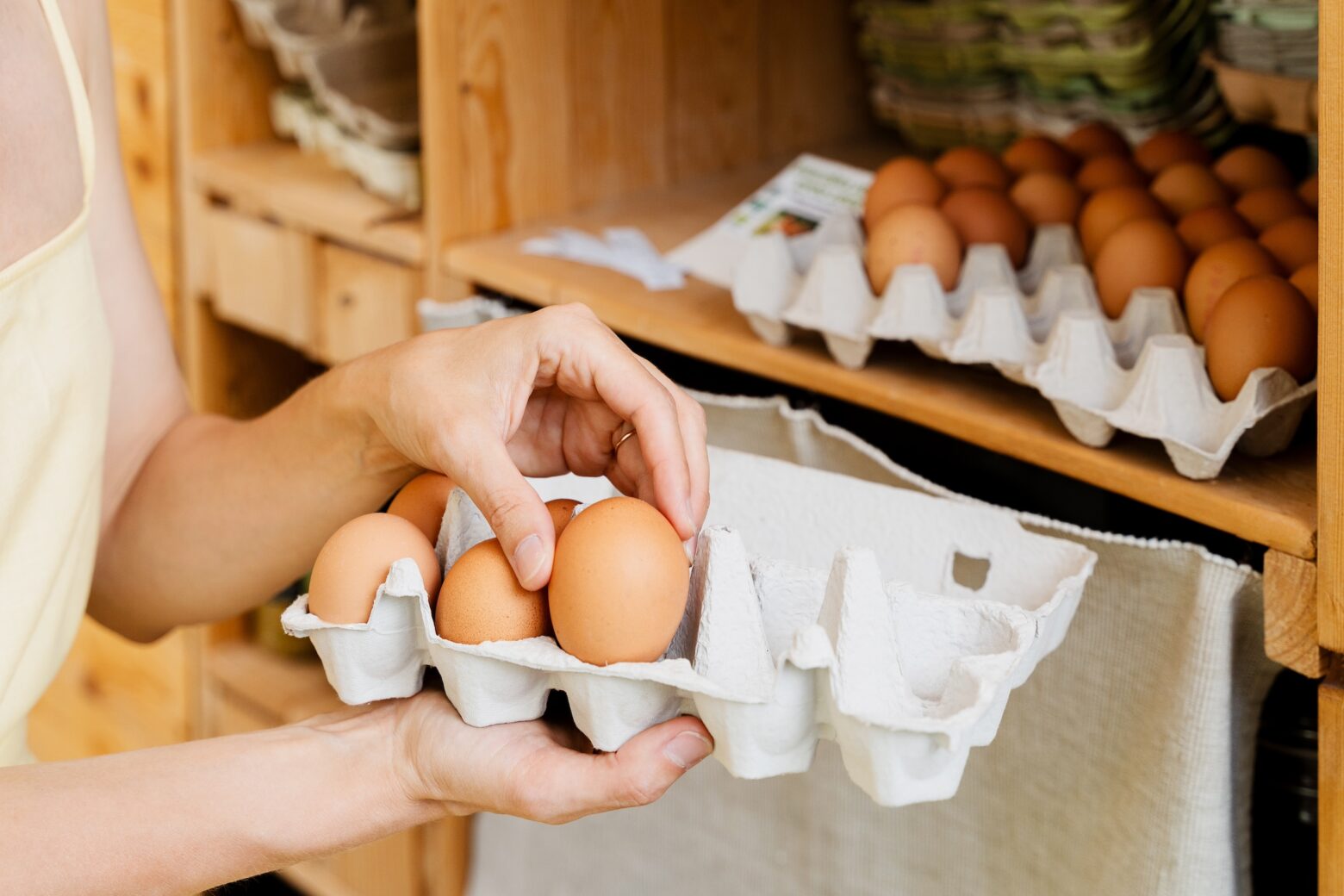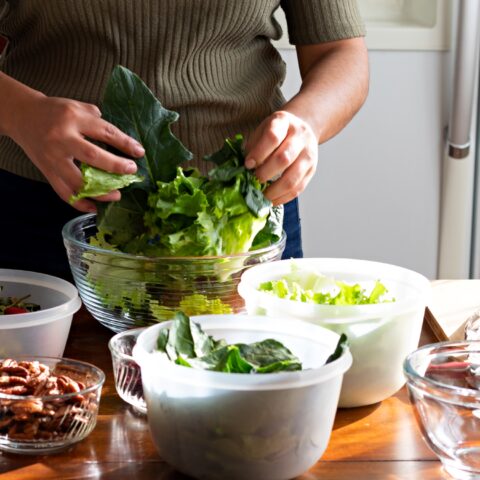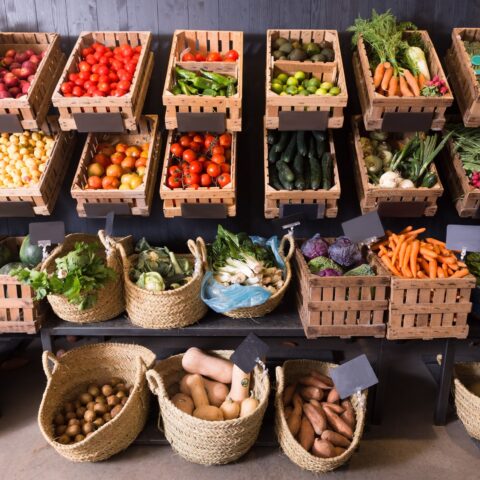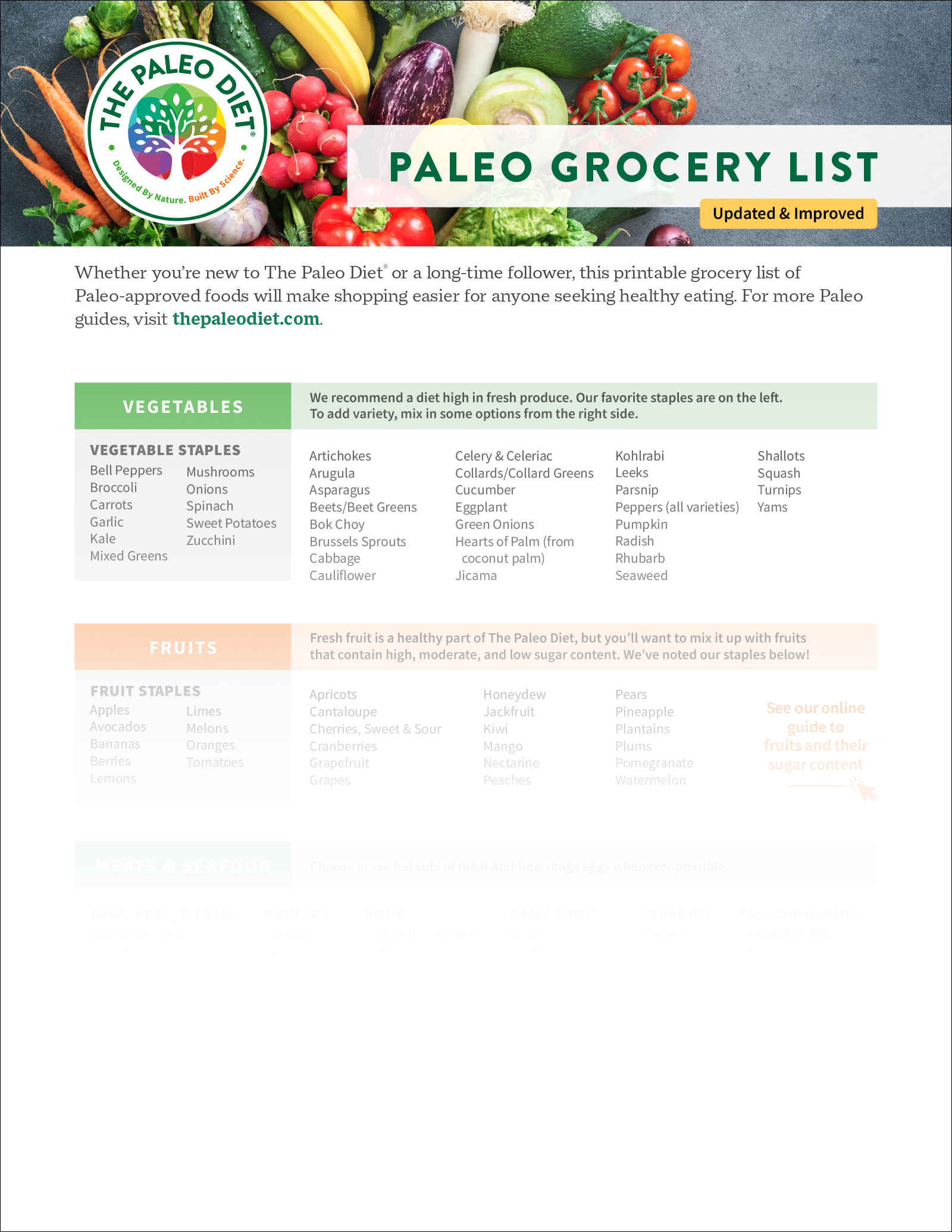Cracking the Code on the High Cost of Eggs

Have you reached for a dozen eggs in the store recently and considered putting the carton back? It’s startling to see the cost of eggs climbing more than $10 for a dozen of the most generic brands. Prices aren’t expected to decline significantly in 2025 because of frigid weather and the highly pathogenic avian influenza that forced farmers to cull their flocks to prevent the spread. In the fall of 2024, more than 20 million laying hens died because they were under the flight path, or flyway, for migratory wild birds infected with the disease, according to USDA Animal and Plant Inspection Service. [1]
Egg-Buying Guide
Here is a guide to buying and cooking with eggs and egg alternatives to ease your mind and stretch your dollar.
- Shop around and buy in 18-count egg cartons or larger. Prices vary dramatically, so check with local coops and your shopping apps and call ahead for availability. For instance, the week of January 27, 2025, in Colorado, we found private-label organic, free-range eggs, 18 count, for $6.99 at Sprouts and Kroger Simple Truth Cage-Free eggs, 18 count, for $12.99.
- Hold on to your current eggs. According to USDA, eggs will keep in their original carton for three to five weeks from the time of purchase in a refrigerator at 40°F or slightly below. [2] To test an egg for freshness, gently place it in a bowl of water; if it sinks, it’s still good to eat. It may be poor quality if it floats because an air pocket has formed. It might still be edible, so crack open the egg and check for a sulfur-like odor. [3]
- Freeze shell eggs. Yes, you can freeze eggs, however, not in the shell. Freeze beaten yolks and whites in a closed container for up to a year. Egg whites can also be frozen in jars or ice cube trays, but whole egg yolks will be gelatinous, thick, and unusable when frozen and thawed without the addition of salt or sugar, which is not Paleo-friendly. Thaw frozen eggs in the refrigerator or under cold running water. Allow to sit at room temperature before whisking for optimum volume. Only use frozen eggs fully cooked (not raw or undercooked).
- Buy liquid whole eggs. You’ve likely seen cartons of liquid eggs when the shelves are empty of shelled eggs. Liquid eggs are real egg whites and yolks that are sanitized, cracked, pasteurized at a low temperature, beaten into a homogenous blend, and packaged in a pourable carton. Liquid eggs are ideal for baking, scrambles, omelets, and sauces, or can be safely eaten raw if pasteurized. They can be frozen in their original, unopened container and should be used within a week of thawing. Most brands (not all) don’t use any preservatives, so read the label for emulsifiers and stabilizers. If you see sodium or potassium on the nutrition facts panel, it’s likely naturally occurring in the eggs.
- Buy powdered eggs. Dried eggs are made from beaten whole eggs atomized into tiny droplets and sprayed into a column of hot air that evaporates the liquid. Once dried, the eggs are pasteurized. Replace one whole egg with 2.5 tablespoons of powdered egg and 2.5 tablespoons of water.
- Use other suitable egg replacements. For those with an egg sensitivity or allergy, there are acceptable alternatives within The Paleo Diet®, including flaxseed, applesauce, arrowroot, carbonated water, and the combination of oil, water, and baking powder. You’ll need time to experiment to compensate for a recipe’s changes in liquid, protein, and fat. We like thekitchn.com‘s test results for egg replacements (though not all ingredients fall into The Paleo Diet).
Other Foods Similar in Nutrients to Eggs
Eggs are best known as an easy source of protein, but they are not the only nutritional benefit. Eggs are a good source of choline, a nutrient for metabolism, eye/brain health and development, and neurotransmitter synthesis. Adult men need 550 mg of choline daily, and women 425 mg. Pregnant women need 450 mg, and breastfeeding mothers, 550 mg. A 2019 study shows 90% of people do not get adequate levels. [4, 5] Two eggs provide 169 mg of choline, just over 60% of the daily value, with a majority from the yolks.
Other choline food sources include:
- Salmon, tuna, or cod (3 oz. = 187 mg)
- Shiitake mushrooms (1 cup = 116 mg)
- Beef (3 oz. = 116 mg)
- Beef liver or kidney (3 oz. = 359 mg)
- Cauliflower (1 cup = 72 mg)
- Poultry (3 oz. = 72 mg)
Nutritionally, fresh, frozen, and powdered eggs are similar (powdered eggs have slightly less mineral content). While whole eggs are preferred for their taste, protein, and versatility, given the high cost of eggs and weekly shortages, you may want to consider other forms to fit your budget and need for convenience.
References
- Animal and Plant and Inspection Service, USDA. Accessed Jan, 27, 2025. https://www.aphis.usda.gov/livestock-poultry-disease/avian/avian-influenza/hpai-detections/hpai-confirmed-cases-livestock
- Ask USDA. https://ask.usda.gov/s/article/How-long-can-you-store-eggs-in-the-refrigerator#:~:text=Eggs%20may%20be%20refrigerated%20three,a%20week%20in%20the%20refrigerator.
- Ask USDA. https://ask.usda.gov/s/article/What-does-it-mean-when-an-egg-floats-in-water
- Mun JG, Legette LL, Ikonte CJ, Mitmesser SH. Choline and DHA in Maternal and Infant Nutrition: Synergistic Implications in Brain and Eye Health. Nutrients. 2019;11(5):1125. Published 2019 May 21. https://pubmed.ncbi.nlm.nih.gov/31117180/
- Choline Fact Sheet, National Institutes of Health. https://ods.od.nih.gov/factsheets/Choline-HealthProfessional/
Kimberly Lord Stewart
Kimberly Lord Stewart is an author, journalist, and culinary expert. Her work highlights the importance of incorporating whole foods into daily diets and emphasizes the connection between food and overall well-being.
More About The Author




